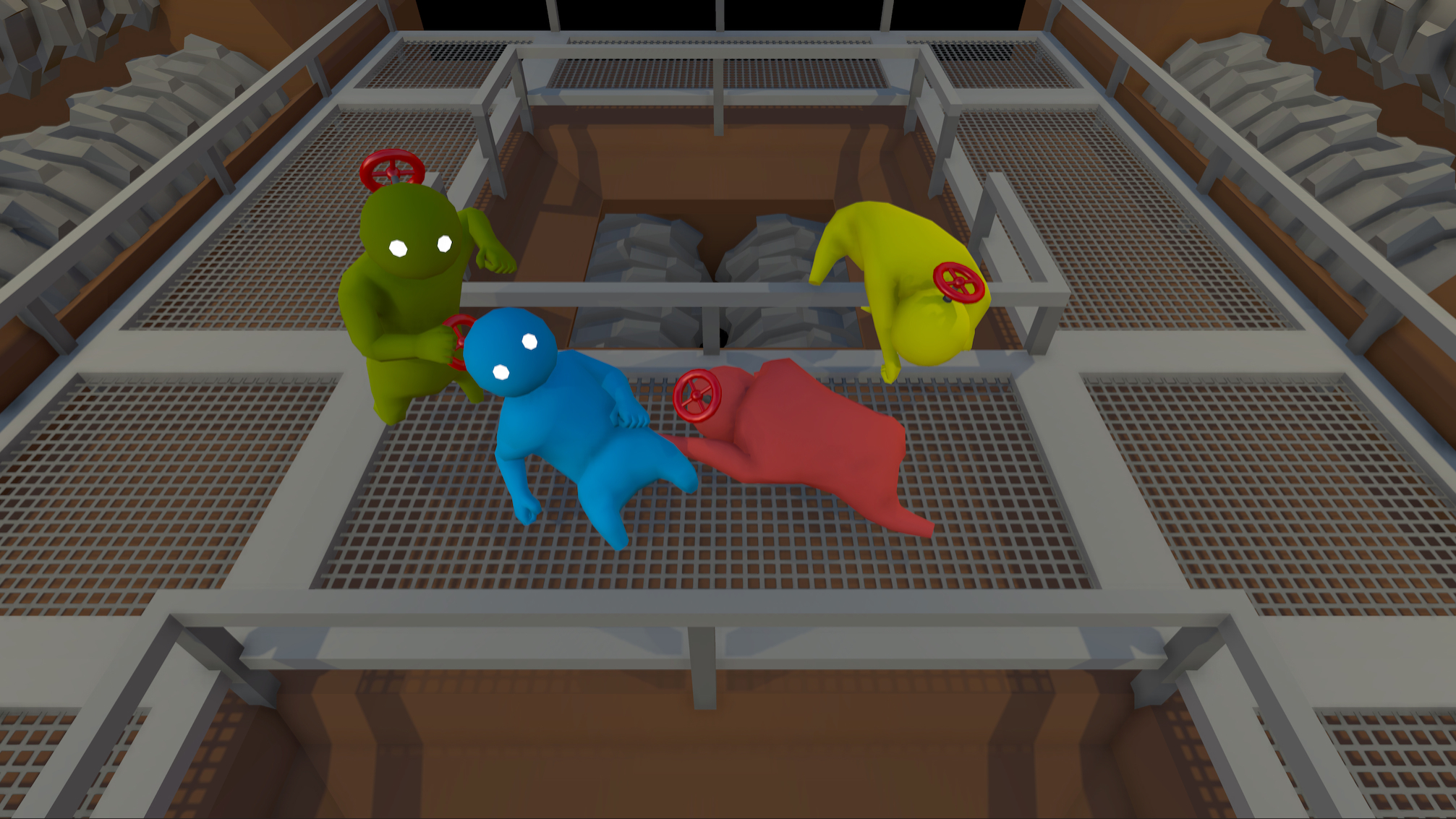


The bulk of development occurred when they could take time off from our various work and education commitments to meet and work on a Game Jam or other prototype they started collaborating with the illustrator Jason Pugh in the months immediately before releasing the 0.0.0 public pre-alpha build. The miscellaneous game prototypes that have been developed thus far by Boneloaf were made by the three Brown brothers alone. Brown says the aesthetics of the finished game will not be significantly modified from the current implementation. Currently, the team is experimenting with the geometry of key assets and various material and lighting configurations – specifically physically-based shading and global illumination in Unity 5 – to give more scope for visual complexity and differentiation without the use of textures. These conversations and comments have informed the untextured and reductive look of the current builds, which is superficially revised from the sample assets that were made to populate and structure the pre-alpha builds. “In the months immediately after we made the pre-alpha builds available, we had a series of conversations with attendees at gaming events, and read a glut of comments on IndieDB, Steam, Facebook, Twitter and YouTube, suggesting that the severe game assets and sparse color schemes could be the default art style,” says Brown.

The team made the playable pre-alpha builds of Gang Beasts public before so much as committing to an aesthetic. When they added the grab-an-enemy and object-targeting mechanics in the next build, however, it came to life: “We saw immediately that the prototype could be the skeleton for a fun party game, and went from there.” “Fighting in the test scene (itself a crude backstreet with low lighting) was fun but limited, as the scene had a single character model and few other assets,” says Brown. Support for multiple players – which has become part of the game’s core appeal – was added only when the character control scheme was implemented, to make a scene for testing and prototyping the key fight mechanics. Think: Capcom's Final Fight, Sega's Streets of Rage and Golden Axe, Konami's Crime Fighters and Teenage Mutant Ninja Turtles, and Taito's Double Dragon and Renegade. The initial test scene was informed by arcade melee fighting games from the late 1980s and early 1990s. “From these prototypes, we decided upon the urban crime idiom: the key mechanics were significantly less complex to implement, and the rectilinear geometry of the built environment could be approximated and optimized with modular structures,” says Boneloaf’s James Brown. The team prototyped a number of games referencing clichéd scenarios from genre films, high fantasy games, space operas and urban crime thrillers. As is often the case, the roots of Gang Beasts grew from self-imposed limitation.


 0 kommentar(er)
0 kommentar(er)
